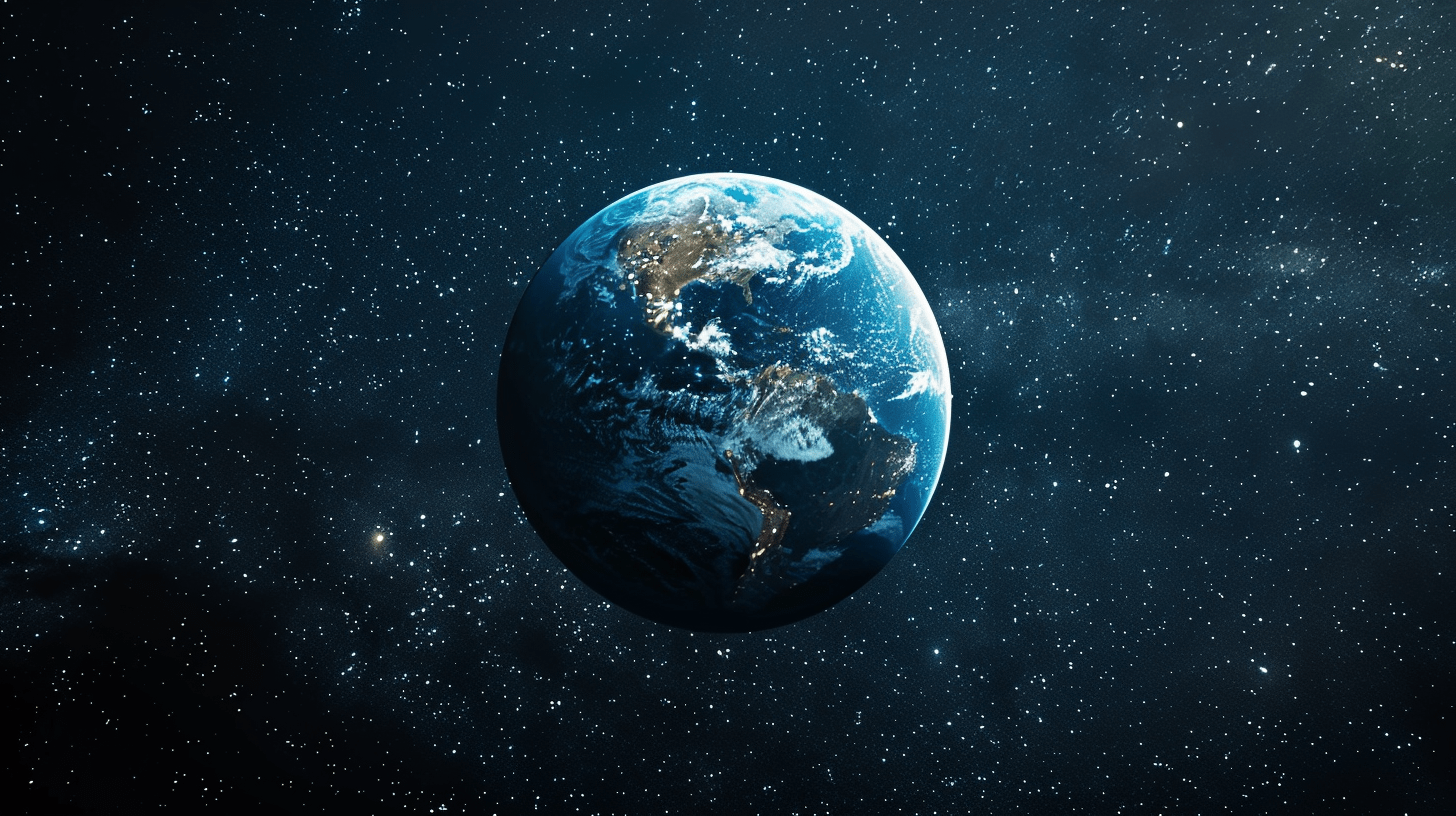Planetary Boundaries
Explore the concept of planetary boundaries, a scientific framework that identifies the environmental limits within which humanity can safely operate.

Novel Entiries
Novel entities are human-made substances that do not naturally exist in the environment. These include plastics, industrial chemicals, pharmaceuticals, nanomaterials, radioactive waste, genetically modified organisms, and more. While many of these substances have transformed modern life, their long-term ecological effects are poorly understood.
This boundary is difficult to measure, but it has become increasingly urgent. The problem is not just the volume of these materials, but their persistence and complexity. Plastics, for example, never fully break down as they fragment into microplastics, which have now been found in oceans, soil, air, and even inside human bodies.
Many novel entities are toxic, bio accumulative, or disruptive to hormonal and reproductive systems in animals and humans. Others can interfere with cellular processes or alter natural evolutionary pathways in microorganisms.
Because this boundary is newer and less defined, it was only formally included in the planetary boundaries framework in recent years. Yet it is now considered to be exceeded, given the widespread distribution of persistent pollutants and the lack of regulatory oversight in many parts of the world.
The challenge with novel entities is that we often release them before we understand their consequences.